Table of Contents
Flat 25% off on Home Interiors
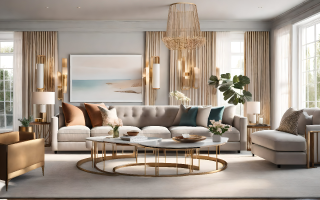
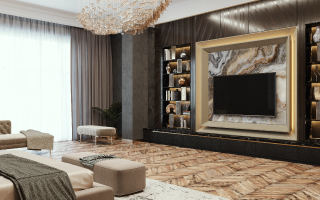
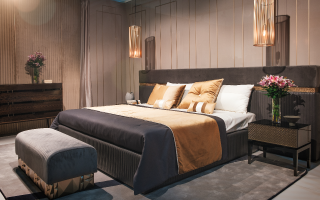
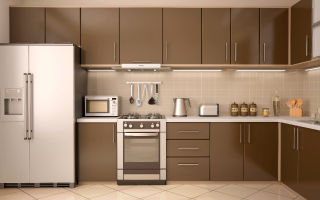
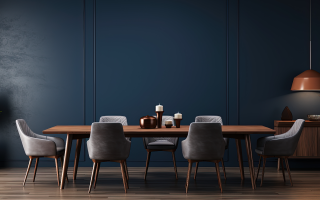
Loved what you read? Share it with others!
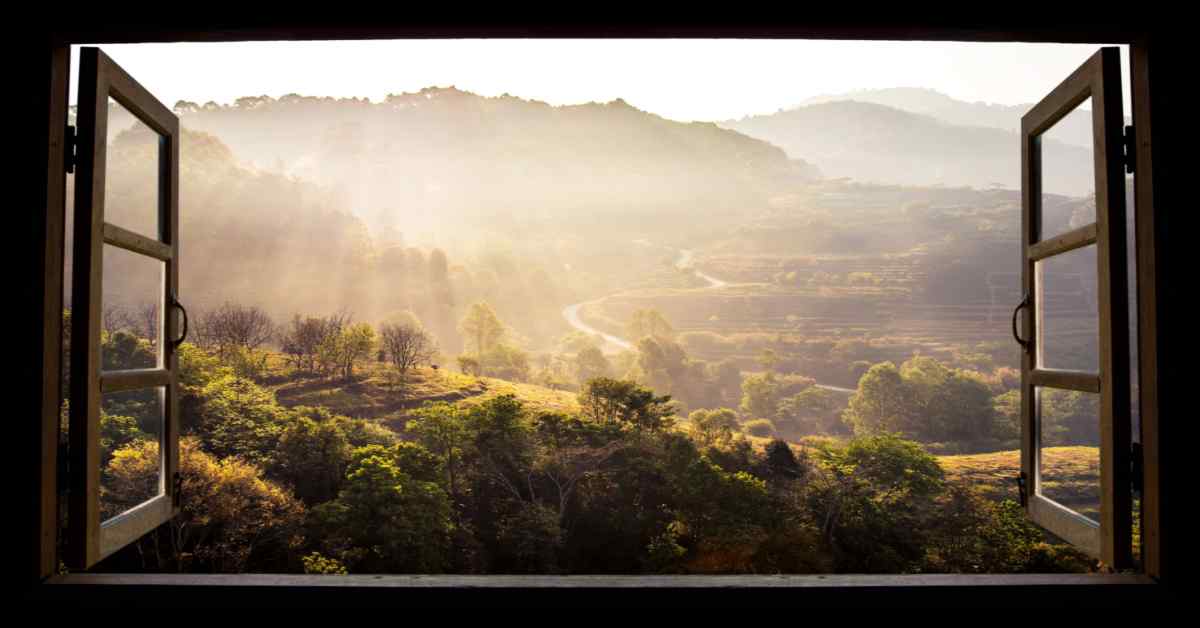

Submit the Form to Unlock the Best Deals Today
Check Your Eligibility Instantly

Experience The NoBrokerHood Difference!
Set up a demo for the entire community
Types of Windows: From Traditional to Modern – Find Your Style
Table of Contents
Windows are an integral part of an architectural design, providing both aesthetic and functional value to buildings. While allowing natural light and ventilation, windows contribute to a building's overall style.
Recommended Reading
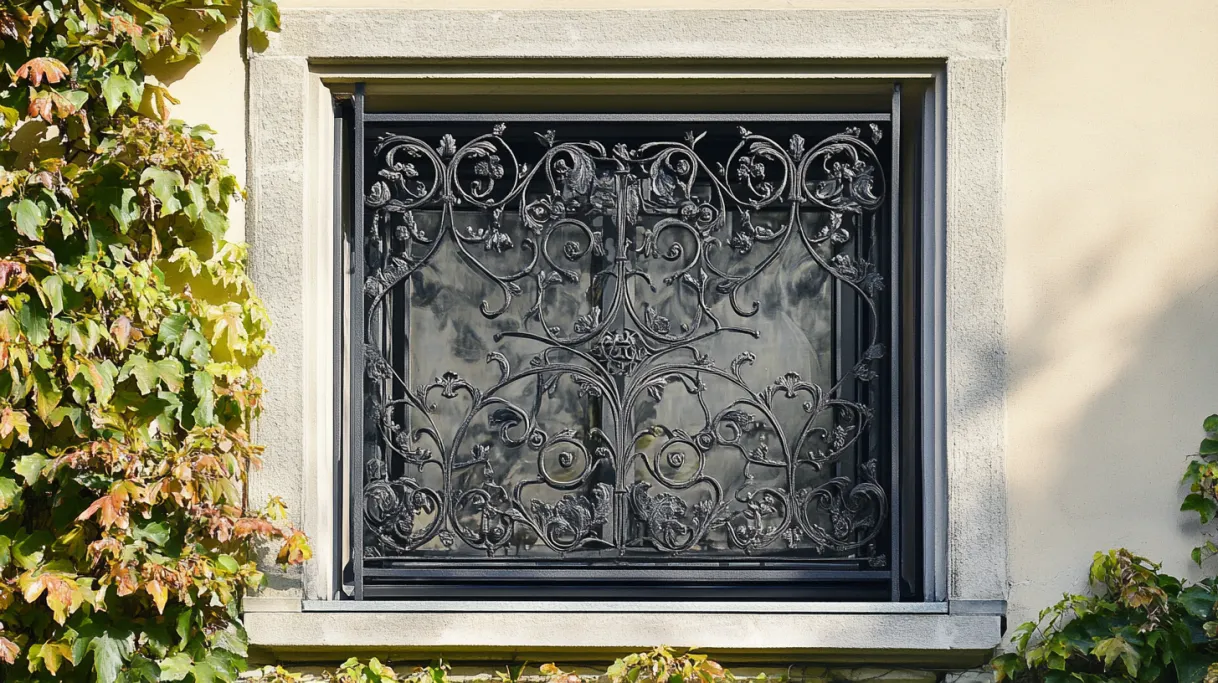
Top 20 Simple and Modern Window Grill Designs with Prices: Secure and Stylish Options for Every Home
April 1, 2025
208+ views

Pooja Room Designs: Creative Ideas for Your Sacred Space
January 31, 2025
6568+ views

Top 20 Ganpati Decoration Ideas at Home: Item List, Puja Muhurta Time and Visarjan Date in 2025
January 31, 2025
4942+ views

Check These Latest Dussehra Decoration Ideas for Your Home in 2025
January 31, 2025
3648+ views

Welcome 2025 With Style: New Year Decoration at Home
January 31, 2025
4134+ views

Windows have evolved over centuries, reflecting changes in technology, materials, and aesthetic preferences. From the simple openings in early dwellings to the ornate designs of the Gothic period, and the minimalist trends of modern architecture, windows have always been a focal point in building design.
Let’s explore the types of window styles, showcasing how they blend practicality with design across various architectural periods and cultures, ultimately highlighting the different types of windows.
Flat 25% off on Home Interiors





Key Considerations in Selecting Window Designs
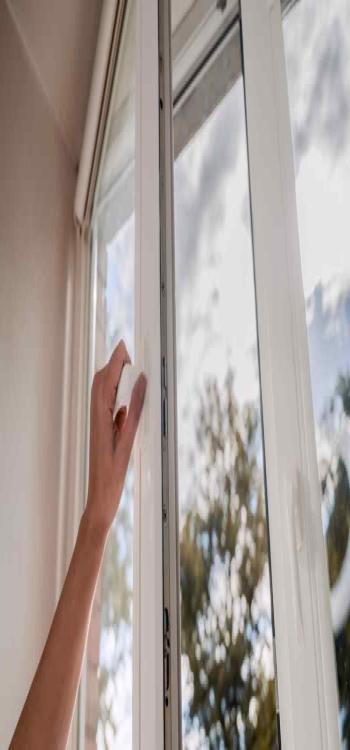
Selecting the right window design for your home involves considering several key factors. Here are the most important considerations:
1. Match Your Home's Architectural Style: Your windows should complement your home's design. For example, traditional homes might suit classic wooden frames, while modern homes may look better with sleek, minimalist windows.
2. Functionality Is Key: Think about what you need from your windows. Do you want them to open wide for fresh air, or are they more for letting in light and the view?
3. Size and Placement Matter: The size and where you place your windows can change a room's feel. Large windows let in more light, making a space feel bigger and more open.
4. Consider the Climate: If you live in a hot, sunny area, you might need windows that block out heat. In colder regions, windows that keep heat in are a better choice.
5. Wind Direction Matters: The direction of the wind can affect your comfort. Place windows where they can catch a breeze in hot climates, or shelter them from cold winds in cooler areas.
6. Safety and Security: Windows should keep you safe. Look for designs that are hard to break into and consider safety locks, especially if you have young children.
Types of Windows
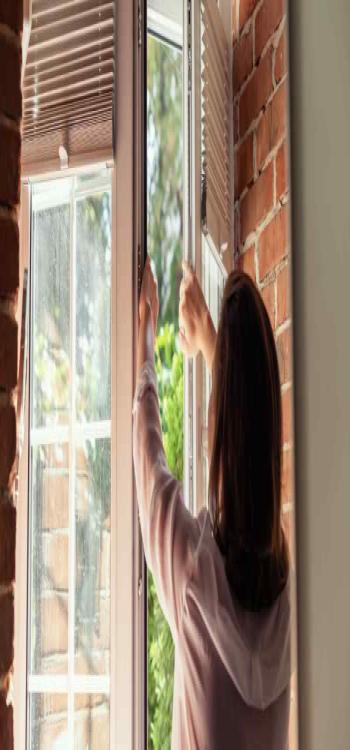
To make informed choices in home design or renovation, it's essential to understand the variety of window types available. Let’s take a look at the different window designs, their features, and when they work best.
1. Double-Hung Windows
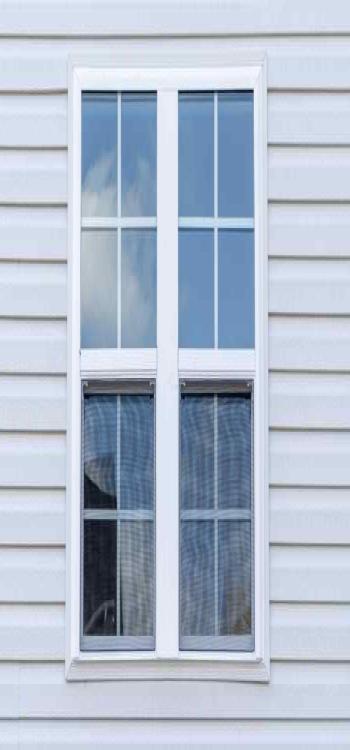
Double-hung windows are characterized by two vertically sliding sashes (individual panels), that operate independently within a shared frame. The term "double-hung" denotes the presence of two movable components. These sashes are designed to either open from the bottom or lower from the top, offering a versatile approach to ventilation.
This design not only provides flexibility in controlling airflow but also facilitates the cleaning process. However, avoid using double-hung windows in high-wind areas, tight spaces, or contemporary designs.
2. Casement Windows
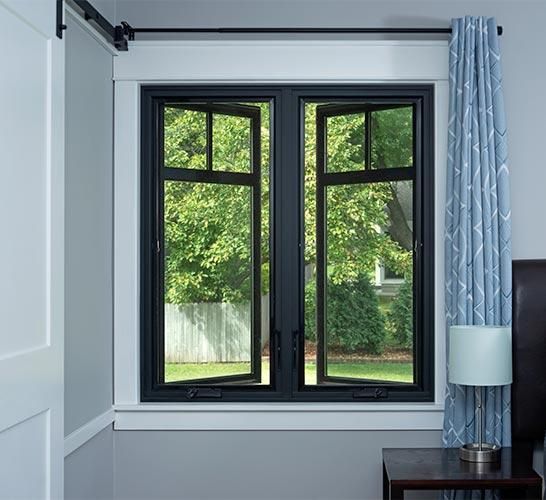
Casement windows are hinged windows that open outwards like a door. They are attached to their frame by one or more hinges at the side. They are often used in pairs, with one window hinged on the left side and the other window hinged on the right side.
Casement windows are known for their simplicity, functionality, and ability to provide unobstructed views. However, they can provide excellent ventilation when fully opened, but they may not be as effective for partial ventilation. The narrow opening can restrict airflow, especially if the window is obstructed by furniture or curtains.
3. Awning Windows
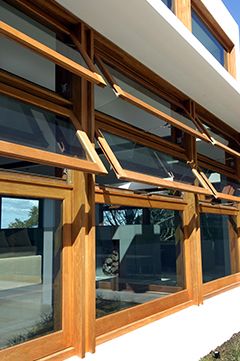
Awning windows are windows that are hinged at the top and open outward from the bottom. They are typically operated with a crank mechanism, similar to casement windows. Awning windows are known for their versatility and ability to provide ventilation while keeping out rain. When open, the window forms an awning-like structure, which gives them their name.
However, their outward-opening design, while effective for ventilation, may partially obstruct views when open. Additionally, the need for exterior space for the outward swing can be limiting in tight quarters. Despite these considerations, the benefits of ventilation, energy efficiency, and aesthetic appeal may outweigh these drawbacks for many homeowners.
4. Sliding Windows
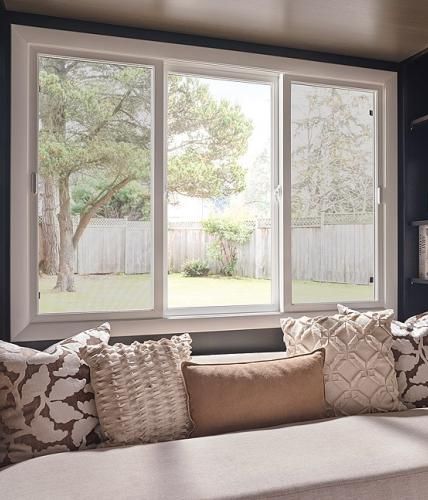
Sliding windows move horizontally along a track to open and close. They typically consist of two sashes, one of which is fixed, and the other can slide horizontally to allow ventilation. The operation is often smooth and easy, making them a popular choice in various settings. Sliding windows are known for their contemporary appearance and ability to maximize natural light.
5. Bay Windows
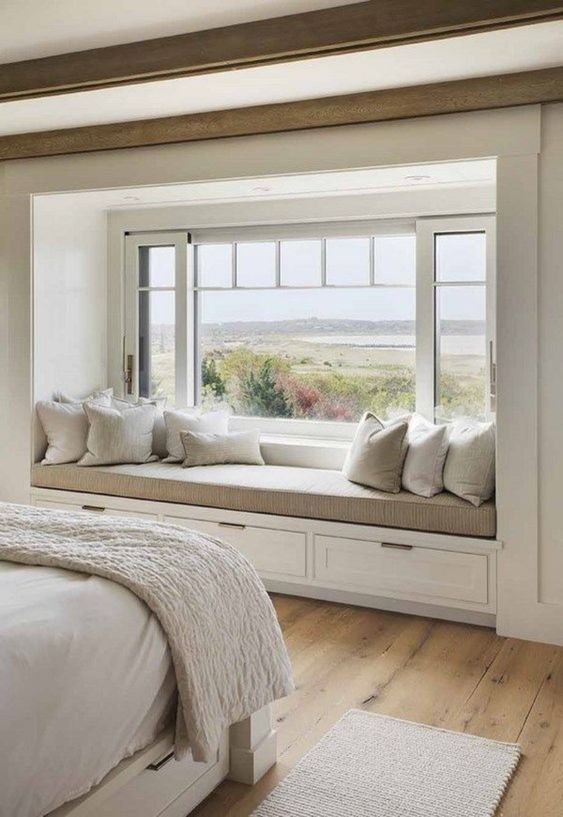
Bay windows extend outward from the building, typically featuring three sections that create a nook or alcove. They enhance interior space, offer panoramic views, and allow abundant natural light to fill the room, making them a focal point in architectural design.
Drawbacks include potential heat loss due to the increased surface area, higher installation costs, and limited privacy, as they can be more exposed to the exterior.
6. Bow Windows
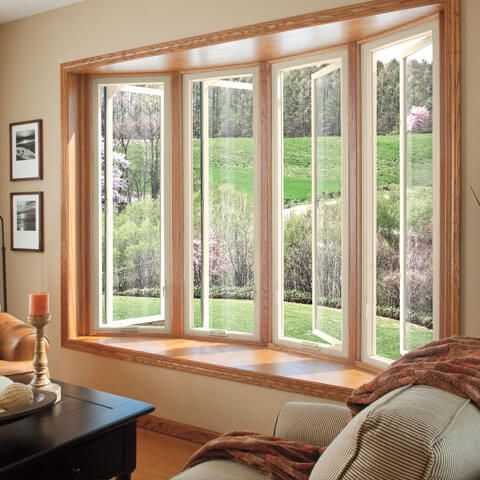
Bow windows consist of four or more window units arranged in a gentle curve, projecting from the exterior. These windows add a touch of elegance to both the interior and exterior of a home, providing increased natural light, expansive views, and a sense of spaciousness.
Challenges may include higher initial costs, potential for air leakage between the window units, and limited flexibility in terms of ventilation compared to some other window styles.
7. Picture Windows
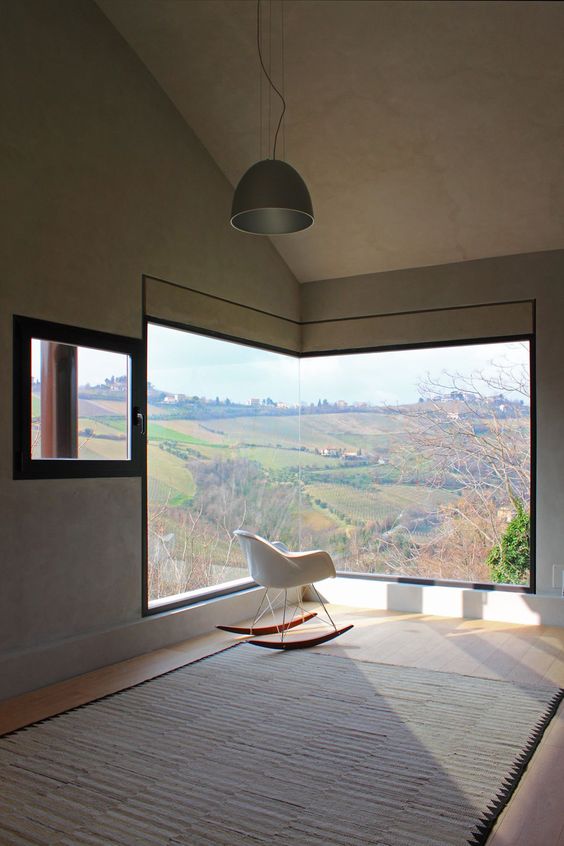
Picture windows are expansive, fixed windows designed to frame unobstructed views of the surrounding landscape. They maximize natural light, contribute to energy efficiency, and serve as a visually striking element in the architecture, offering a seamless connection between indoor and outdoor spaces.
Limitations involve the lack of ventilation since they are fixed. Additionally, they can be less energy-efficient compared to operable windows, and their expansive size may pose challenges in terms of privacy.
8. Garden Windows
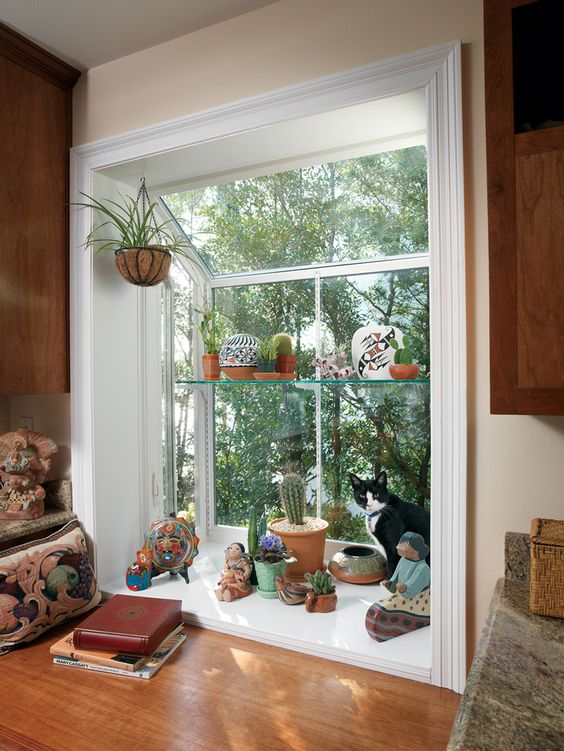
Garden windows project outward and include a shelf-like structure, often used for displaying plants or decorative items. They bring the beauty of the outdoors inside, enhance natural light, and create a charming space for small indoor gardens or ornamental arrangements.
Drawbacks include the potential for heat gain or loss due to their projection, limited ventilation options, and the need for regular maintenance to keep the exterior shelf clean.
9. Skylight Windows
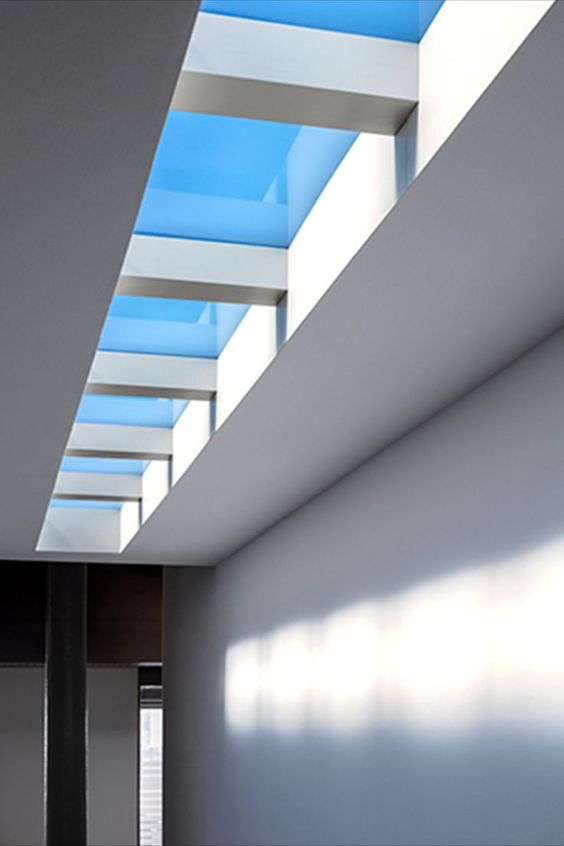
Skylight windows are installed on the roof, allowing natural light to enter from above. They brighten interiors, reduce the need for artificial lighting, and can be equipped with ventilation features for improved indoor air circulation.
Challenges include the potential for leaks, difficulty in cleaning and maintenance, and the need for proper shading to control excessive heat and glare.
10. Transom Windows
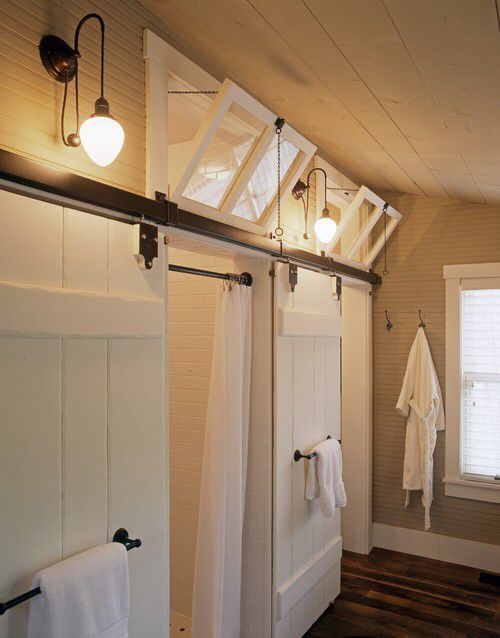
Transom windows are horizontally positioned above doors or other windows, serving both aesthetic and functional purposes. They allow additional natural light into a room, maintain privacy, and add architectural interest to doors or windows.
Potential drawbacks include limited functionality as they are usually fixed, challenges in terms of installation and retrofitting, and the risk of compromising privacy.
11. Jalousie Windows
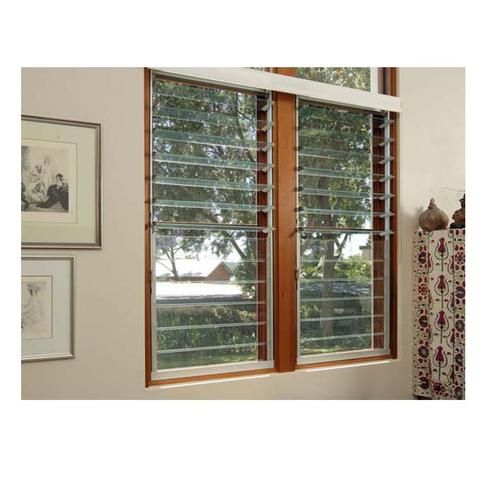
Jalousie windows consist of horizontal glass slats that can be angled to control ventilation. They provide adjustable airflow, allowing for customized comfort, and are often used in warm climates to maximize air circulation while maintaining privacy.
Drawbacks may include reduced energy efficiency due to the multiple glass slats, security concerns as they are more vulnerable to break-ins, and the complexity of repairs.
12. Clerestory Windows
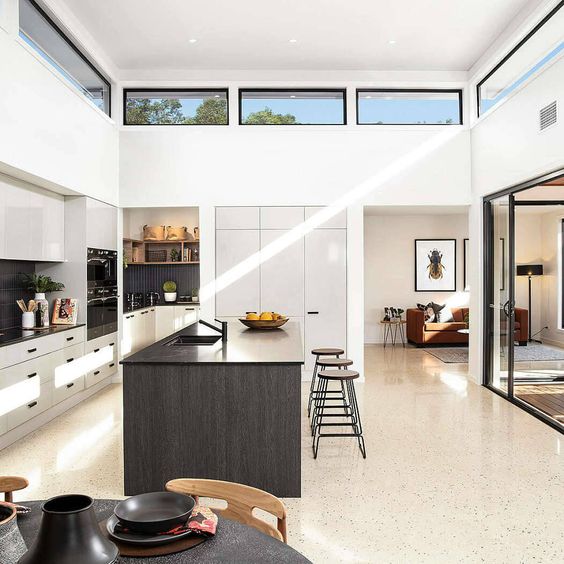
Clerestory windows are located near the top of a wall, allowing light to enter without compromising privacy. They contribute to a well-lit and airy atmosphere, creating a sense of openness while maintaining a degree of seclusion.
Potential challenges include the need for professional installation, limited operability, and potential issues with heat gain or loss depending on the glazing.
13. Fixed Windows
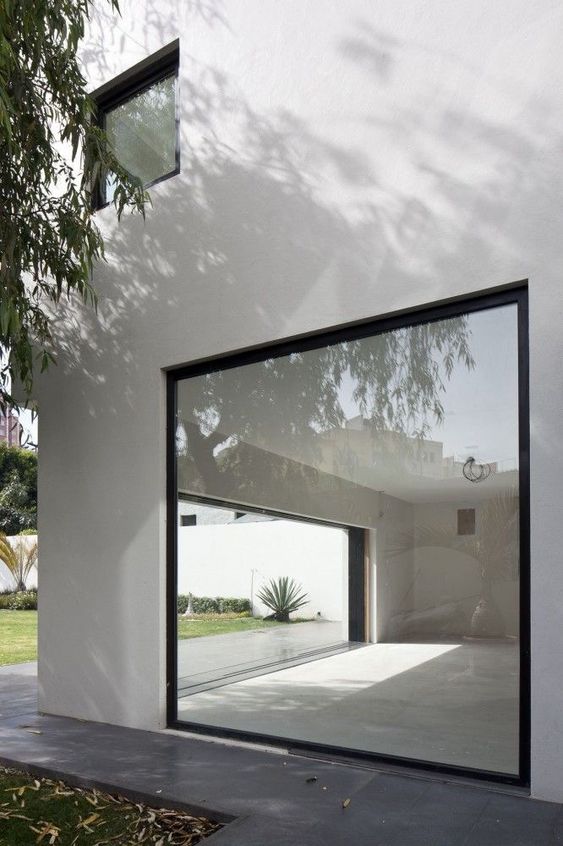
Fixed windows are stationary, providing a frame for scenic views and allowing natural light to illuminate a room. They are often used in combination with other window types to create a visually appealing and energy-efficient design.
Limitations include the inability to provide ventilation, potential challenges in cleaning the exterior surfaces, and the risk of reduced energy efficiency compared to operable windows.
14. Round Windows (Portholes)
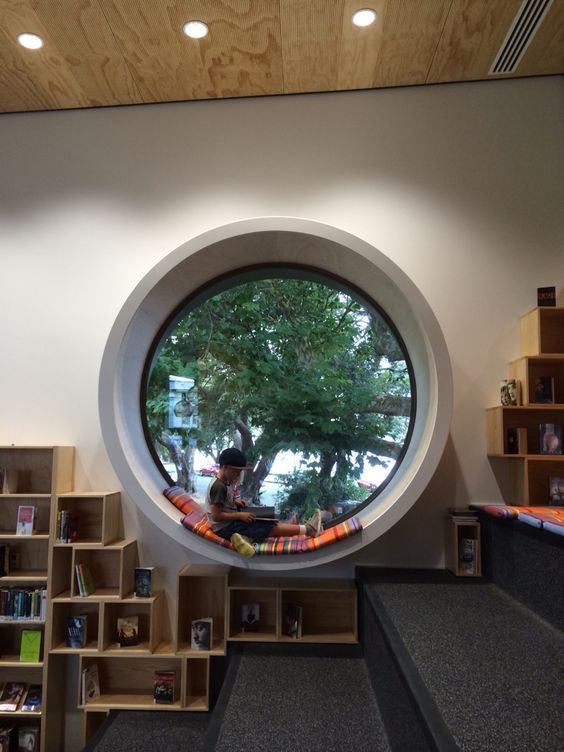
Round windows, reminiscent of ship portholes, add a unique design element. While they may serve functional purposes, such as providing additional light, they are often used decoratively to introduce visual interest and enhance the aesthetics of a space.
Drawbacks include limited operability, potential difficulties in finding coverings for curved shapes, and the challenge of incorporating them into standard window treatments.
15. Tilt and Turn Windows
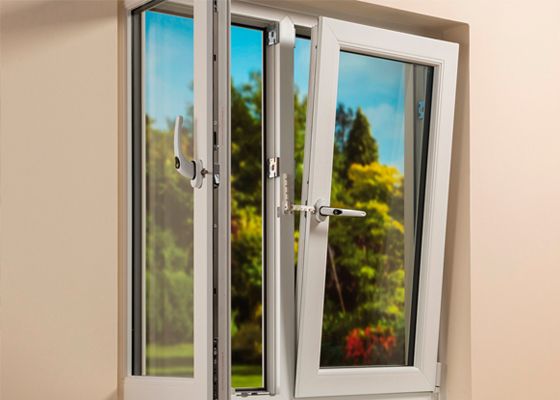
Tilt-and-turn windows offer versatility, allowing them to tilt inward from the top for ventilation or swing open like a door for easy cleaning and maximum airflow. Their functionality, along with modern aesthetics, makes them a popular choice in various architectural styles.
Challenges may include higher initial costs, the complexity of the hardware, and potential issues with gasket wear over time, affecting the window's sealing.
16. Glass Block Windows
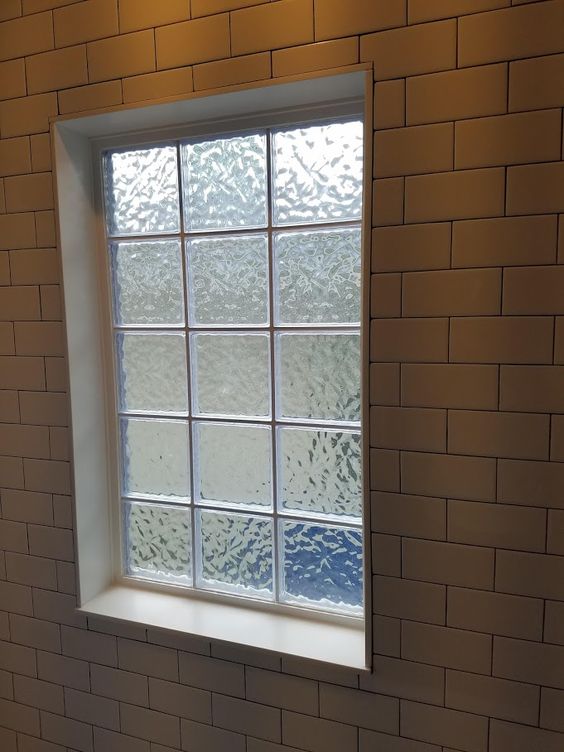
Glass block windows are constructed from translucent glass blocks, allowing diffused light while maintaining privacy. They are commonly used in areas like showers, basements, and partition walls, providing both functionality and a unique visual appeal.
Drawbacks include limited visibility and views, challenges in terms of ventilation, and potential difficulties in replacing damaged blocks.
17. Sash Windows
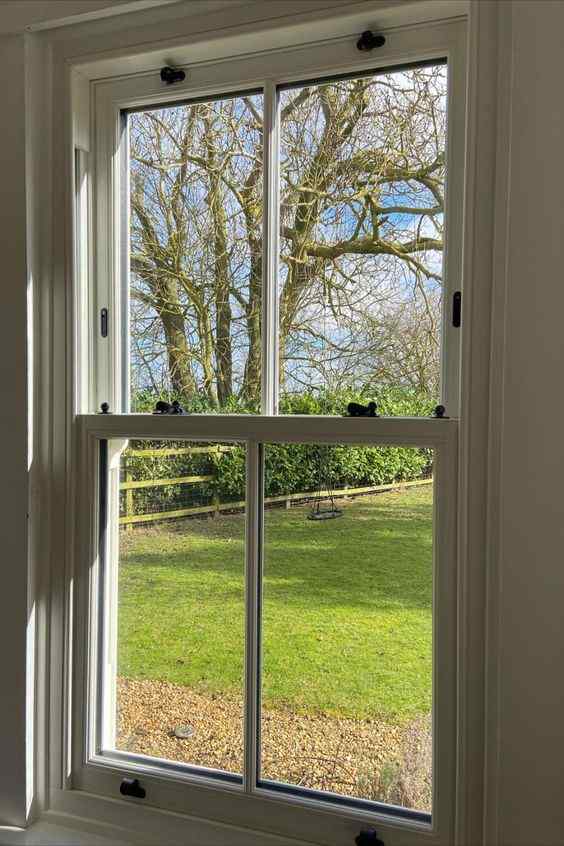
Sash windows feature one or more movable panels, or sashes, that slide vertically or horizontally. This classic design offers versatility in ventilation, ease of use, and a timeless aesthetic that complements various architectural styles.
Potential drawbacks include maintenance requirements for the pulley and weight systems, limited ventilation compared to some modern designs, and the risk of drafts if not properly maintained.
18. Cottage Windows
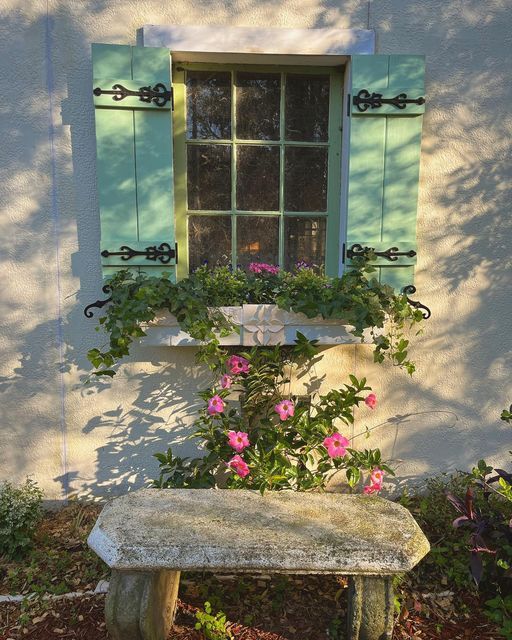
Cottage windows, characterised by a multi-pane design and often a central arched or rectangular section, exude charm and suit traditional or cottage-style architecture. They provide a nostalgic and cosy feel while allowing ample natural light.
Challenges may include limited ventilation, potential difficulties in finding window coverings for intricate designs, and the risk of increased heat gain or loss.
19. Arched Windows
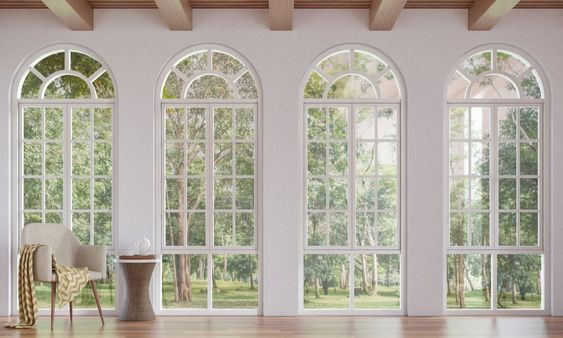
Arched windows feature a curved or arched top, adding a distinctive architectural element to a building. They contribute to aesthetics by breaking away from conventional rectangular designs, providing a sense of elegance and sophistication.
Drawbacks include the potential for higher costs in manufacturing and installation, challenges in finding suitable window treatments, and limitations in terms of operability.
20. Casement Picture Windows
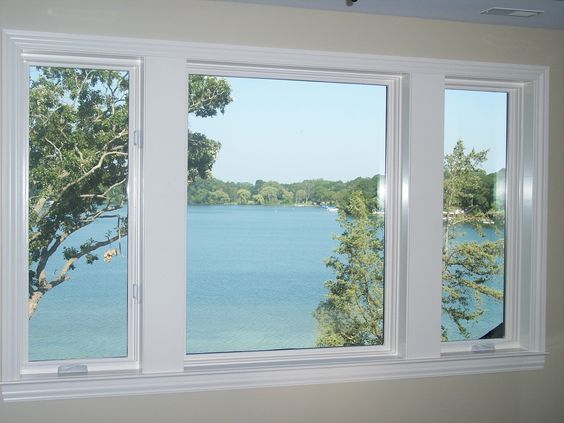
Combining the features of casement and picture windows, these windows offer expansive views and maximum natural light. They provide efficient ventilation when needed, making them a versatile and stylish choice that enhances both the interior and exterior of a home.
Limitations involve higher costs, the potential for mechanical issues with the casement function, and the challenge of finding coverings that suit the combined design.
21. French Windows
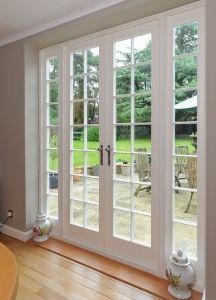
French windows, often referred to as French doors in some regions, are a style of window that doubles as a door. These windows are typically large and are hinged so that they can open outward or inward.
These Windows feature multiple glass panes for maximum light and aesthetic appeal. However, they can be less energy-efficient and may require more maintenance due to their intricate design and extensive use of glass.
Choosing the Right Glass for Your Window
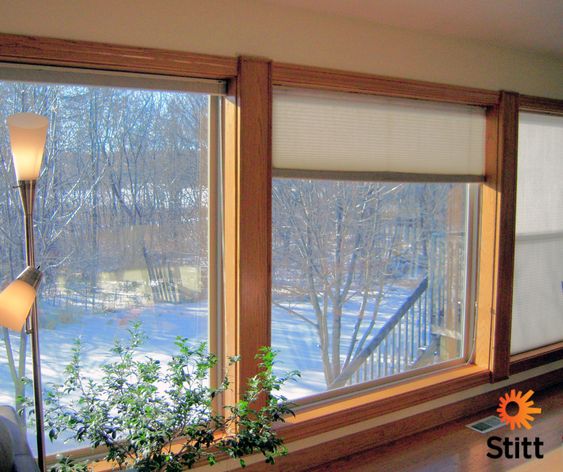
Choosing the right glass for your window is crucial for both aesthetic and functional reasons. The type of glass you select can impact energy efficiency, privacy, and overall comfort within your living spaces. Here are different types of window glass you can choose from:
1. Energy Efficiency:
- Low-E Coating: Low-emissivity (Low-E) coatings reduce heat transfer, enhancing energy efficiency by keeping your home warmer in winter and cooler in summer.
- Double or Triple Glazing: Multiple layers of glass with insulating spaces between them improve thermal performance, reducing energy consumption.
2. UV Protection:
- Tinted Glass: Tinted windows block a percentage of UV rays, protecting your furniture, flooring, and belongings from fading over time.
- UV-Reflective Coatings: Some glass options feature coatings that reflect a significant portion of UV rays, further minimizing sun damage.
3. Privacy and Glare Control:
- Frosted or Textured Glass: These options provide privacy while still allowing natural light to enter. Common in bathrooms or entryways.
- Smart Glass: Electronically tintable smart glass allows you to adjust transparency, providing instant privacy and glare control.
4. Safety and Security:
- Tempered Glass: Tempered glass is stronger and shatters into small, less harmful pieces when broken, enhancing safety.
- Laminated Glass: Laminated glass consists of layers that stay bonded even when shattered, adding security by preventing easy entry.
5. Noise Reduction:
- Double Glazing with Acoustic Laminated Glass: Combining double glazing with laminated glass helps reduce outside noise, providing a quieter indoor environment.
6. Maintenance:
- Self-Cleaning Glass: Some glass options have a coating that breaks down and loosens dirt, making it easier to clean during rain or with minimal effort.
- Easy-Clean Coatings: Coatings that repel dirt and water can reduce the frequency of cleaning and maintenance.
Choosing the right type of windows for your home can be a daunting task, with a multitude of factors to consider ranging from aesthetic appeal to functional needs. If you're still unsure about which window type is the best fit for your home, or if you need more tailored advice, consider consulting NoBroker Home Interior experts. They can help you navigate these options and find the perfect windows for your space.
NoBroker Interiors Design Testimonials
Most Viewed Articles
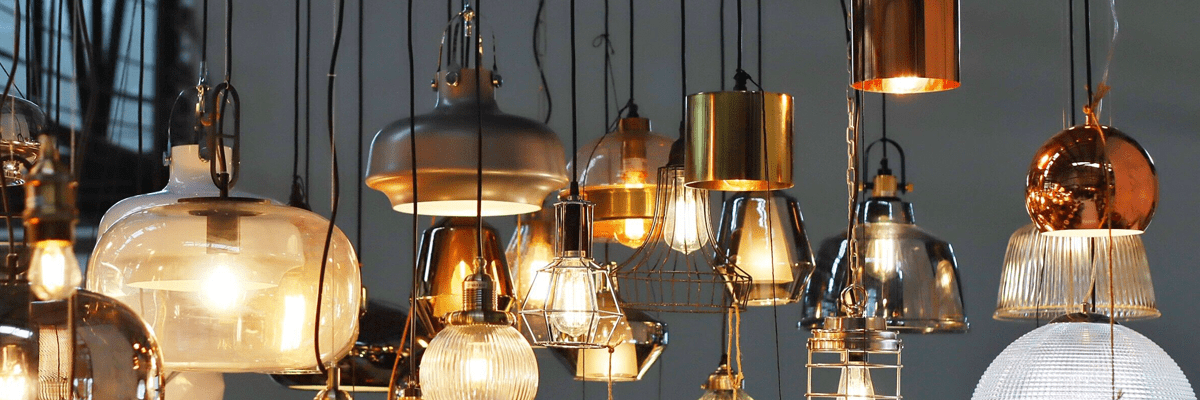
Top Hanging Light Ideas to Illuminate Your House
January 31, 2025
394375+ views

GFRG Panels - A New Technology in Building Construction
January 31, 2025
259348+ views
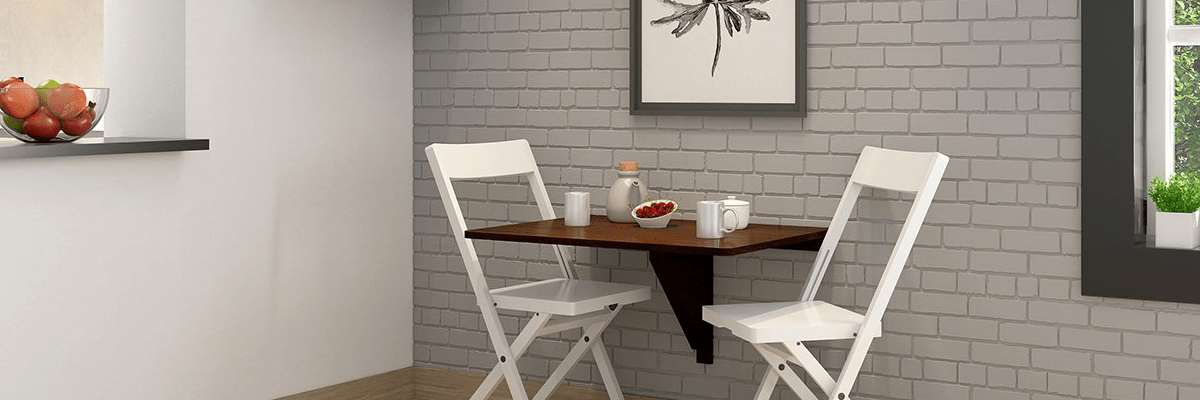
15 Wall-Mounted Dining Table Design Ideas
January 31, 2025
104841+ views
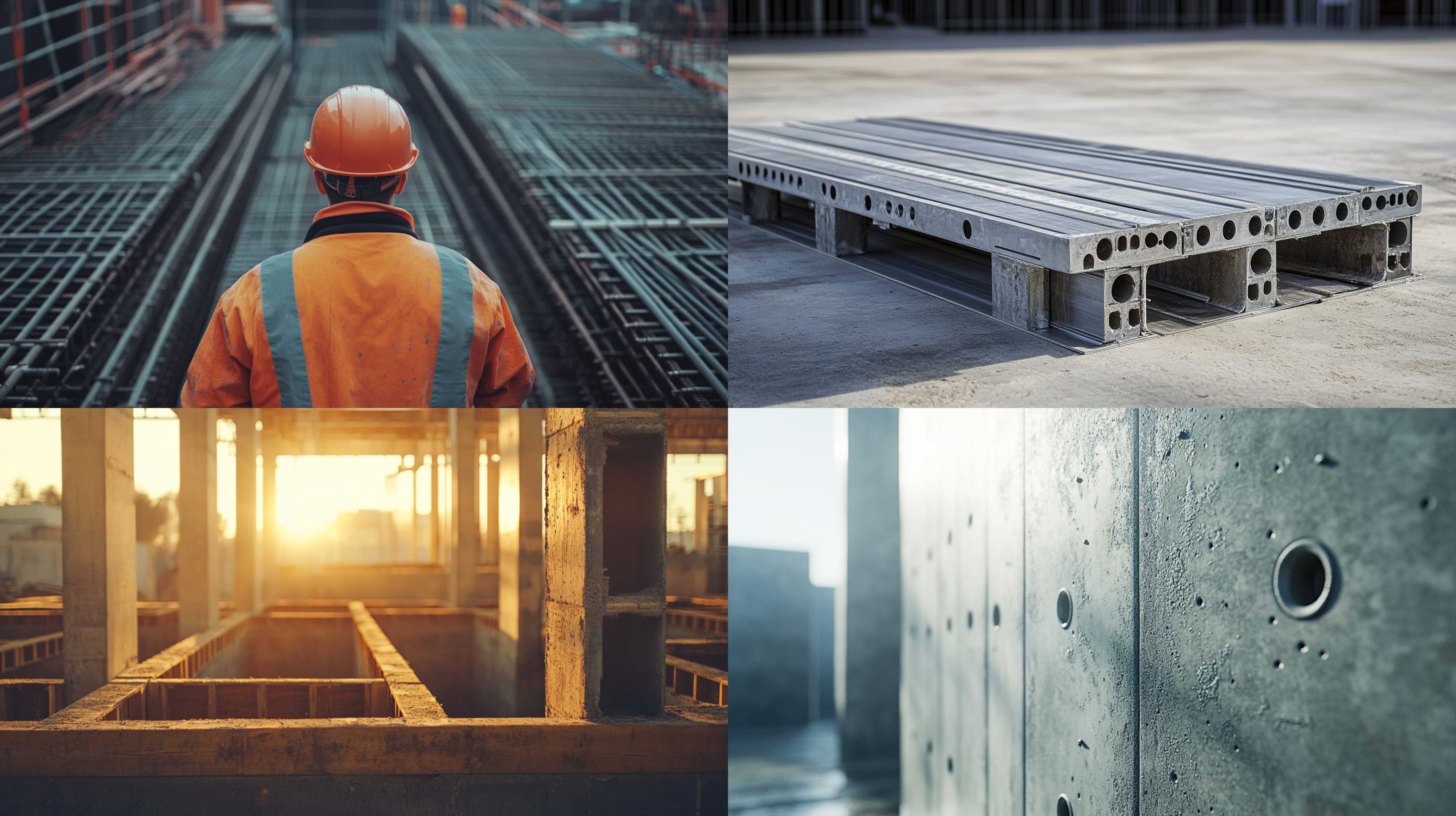
How Mivan Construction Technology Is Transforming the Art of Building!
January 31, 2025
87085+ views
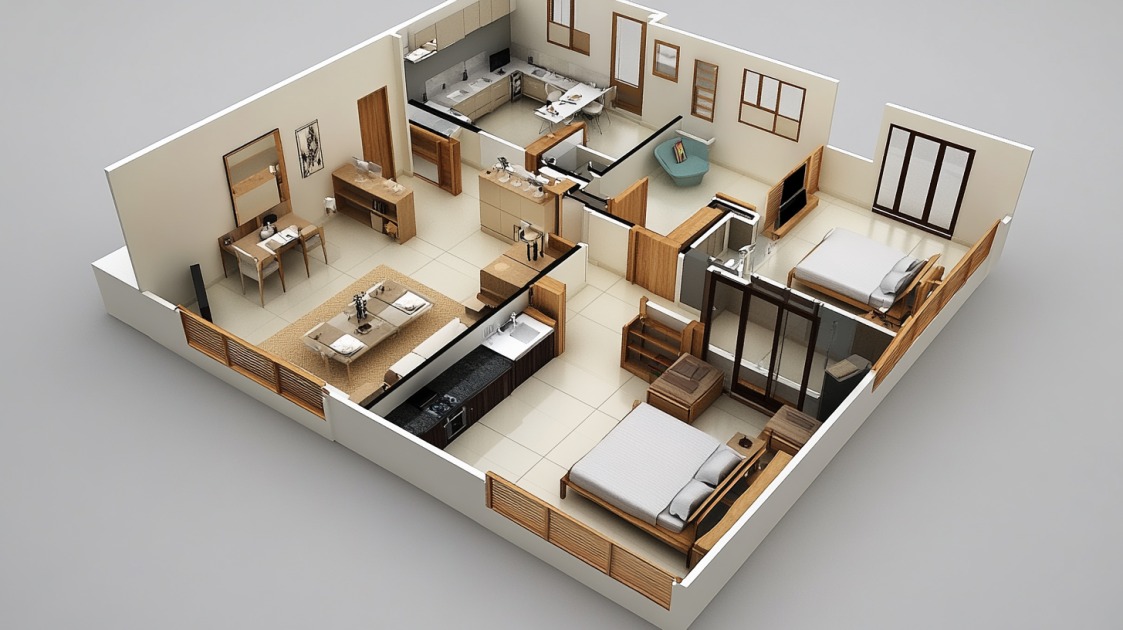
Best 3 Bedroom House Plan: Modern and Space-Efficient Layouts for 2025
January 31, 2025
48201+ views
Frequently Asked Questions
Bay windows are typically provided with a sitting arrangement. They extend outward from the building, creating a nook that's perfect for a cozy seating area, offering panoramic views and ample natural light.
Different types of sliding windows include single sliding (where one sash slides), double sliding (both sashes slide), and triple track sliders (with multiple sliding and screen panels for greater flexibility).
The normal window size varies, but standard sizes often range from 24x36 inches for small windows to 48x72 inches for larger ones. The choice depends on room size, architectural style, and personal preference.
Different types of window frames include vinyl, which is low-maintenance and cost-effective; wood, known for its classic look and insulation properties; aluminium, durable and modern; and fiberglass, which offers strength and energy efficiency.
Choosing the right window for your home's climate involves considering factors like insulation, UV protection, and air circulation. In colder climates, double or triple-glazed windows with Low-E coatings are ideal for insulation. In warmer areas, windows with UV protection or tinting help manage heat. Ventilation features are crucial in humid regions to reduce indoor moisture.
Loved what you read? Share it with others!
Recent blogs in
Top 20 Simple and Modern Window Grill Designs with Prices: Secure and Stylish Options for Every Home
April 1, 2025 by Suju
17 Modern Glass Railing Designs for Stairs: Stylish and Durable Options for Your Home 2025
April 1, 2025 by Priyanka Saha
Luxury Bedroom Interior Design: Transform Your Space with Elegance in 2025
February 19, 2025 by Simon Ghosh




Join the conversation!